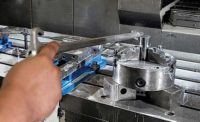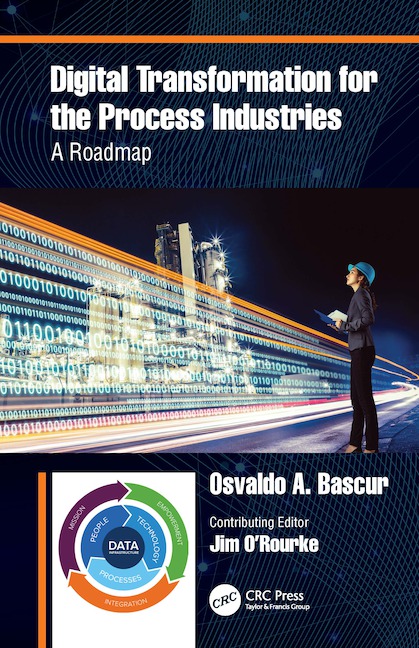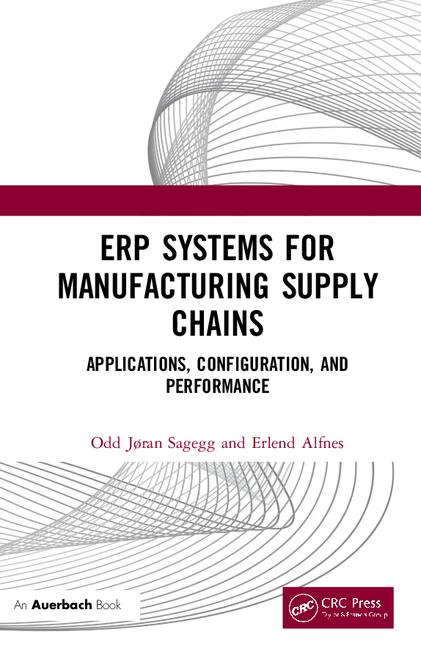The COVID-19 pandemic forced manufacturers to contend with parts shortages and production delays, all of which exposed long-standing weaknesses, such as the lack of integration between disparate systems and operational inefficiencies. In fact, six out 10 manufacturers felt the impact of supply chain disruptions during the pandemic, while almost half (47 percent) of manufacturing businesses couldn’t function because they were dependent on on-premises systems that were unreachable during lockdowns, according to a December 2020 survey of manufacturing leaders.
Although these businesses are still in the process of recovering from the effects of the pandemic, forward-thinking manufacturers are already preparing to ensure they are able to thrive once COVID-19 finally recedes, and to weather future unexpected crises that may emerge. Many organizations have realized that a fundamental shift needs to take place by revising operational strategies and embracing digital technologies.
The drive toward Industry 4.0 is truly underway. According to a recent survey from Dimensional Research, 91 percent of manufacturers have increased their investment in digital transformation, with more than three-quarters (77 percent) making a significant or dramatic increase. Virtually all manufacturers (95 percent) said that digital transformation is a vital requirement for future success.
So, not only is digital transformation a “must-have” for manufacturers, it’s clear that they need to accelerate their efforts to remain competitive. That’s a difficult task. Digital transformation itself is already a long and complex journey, requiring the integration of digital technologies into almost every aspect of an organization’s operations. It’s worth it, of course, because, when successful, the reward is a high level of efficiency and nimbleness along with vast amounts of data that can produce insights to inform fast, informed decisions that produce an enormous competitive advantage.
A Solid Foundation
No manufacturer has unlimited resources, so they must decide where to start. Enterprise resource planning (ERP) software can act as a foundational element of digital transformation. ERP systems provide organizations with core financial and business process visibility, but a well-architected ERP solution can do much more. As a foundational digital platform, ERP can also provide systems that automate business processes, enable a remote workforce, manage policy changes around procurement and sourcing, and provide real-time analytics for data-based decision-making.
They provide assistance with compliance and traceability, and a modern system will make it easy to integrate with third-party systems. ERP can integrate with new, smart factory technologies such as artificial intelligence (AI) and internet of things (IoT) devices to provide contextual information in real-time, when and where it’s needed. Ultimately, ERP can connect technologies together into a coherent whole, such as automated equipment monitoring, real-time asset tracking and factory digital twin, which will not reach their full potential as siloed applications. The information they produced must be collected, shared and analyzed to provide maximum value.
In sum, ERP can serve as the glue that connects new digital technologies together and acts as a single source of truth for the manufacturer. So, with an ERP in place, a manufacturer can then begin building on this foundation—but choosing where to start can be challenging.
How to Start
Here’s some guidance to help make the digital transformation a bit easier and ensure that you get the most ROI in the shortest amount of time.
- Manufacturers shouldn’t try to do everything at once, even as they look to accelerate their transformation. IT and business managers should closely collaborate to identify where their digital transformation could have the largest impact. The organization needs to be very clear on the expected outcome, and how that benefit advances the company’s overall strategic goals.
- As a project grows, manufacturers should integrate new technologies into the ERP, so the data they produce becomes part of the foundational single source of truth. Once a new technology deployment has proven successful, use what the organization has learned to expand into other promising functions.
- Leadership shouldn’t neglect the cultural changes that will be required, especially with accelerated digital transformation. Team members need to constantly hear from the very top how processes will change, why they are changing, and how these changes will benefit employees, customers, partners and the company as a whole. It’s not a one-and-done effort either. Start communicating upcoming changes well in advance and don’t stop—it’s better to over-communicate than to accidently leave people confused and in the dark.
By taking the lessons of the COVID-19 pandemic to heart, organizations can accelerate their digital transformation journey and come out stronger so long as they build on a strong digital foundation with a careful strategy for long-term success and sustainability.
While change is an inevitable, an ERP system can not only assist businesses to weather the storm but to succeed in adversity—as long as key objectives stay top of mind. When implementing your ERP system, establish clear expectations and KPIs, define roles and responsibilities, and ensure that they are carefully measured and discussed. Choosing and implementing ERP systems requires many important decisions. By getting these fundamental elements in place right at the start of the journey, a business can reap the benefits of an ERP and achieve the desired ROI of the investment.






